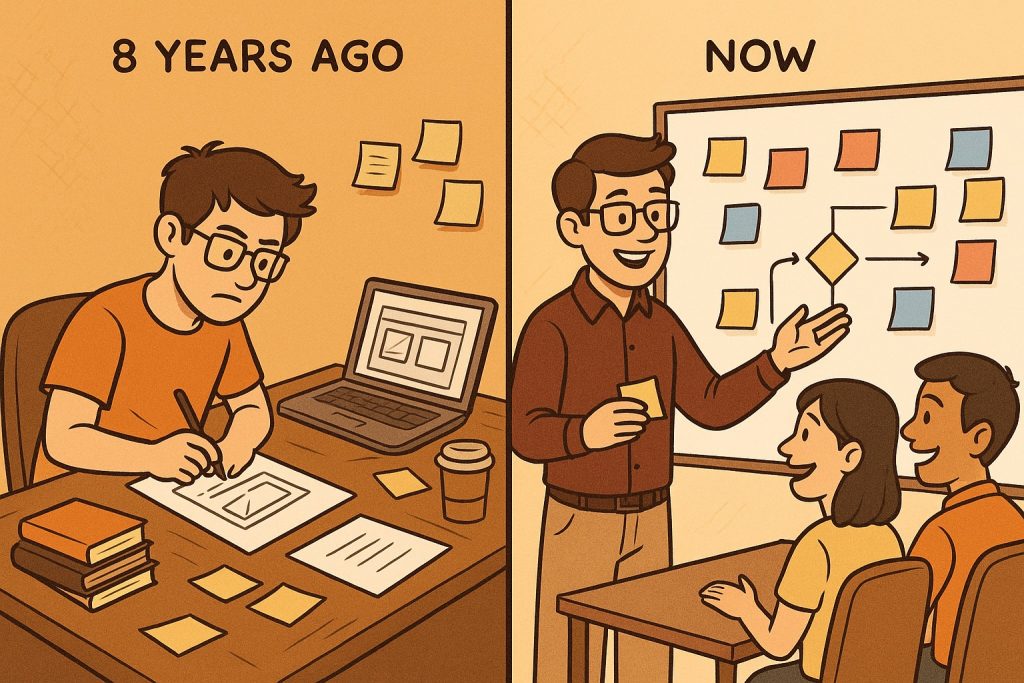
👋 The Beginning: I Didn’t Get It (And I Wasn’t Alone)
Eight years ago, I was deep in the trenches—designing interfaces, building websites, and running projects for clients who needed “something modern.”
I could whip up a sleek layout. Shadows? Rounded corners? Pixel-perfect buttons? No problem.
But when people talked about UX, I rolled my eyes.
“Why do we need all this extra process?” I thought.
“Just give me the wireframe and I’ll make it look good.”
Back then, I thought UX was just UI in disguise. I believed people made too big a deal out of it—just another buzzword to sell bigger contracts.
Little did I know… I was missing the point entirely.
🚧 My First Crash: Beautiful But Broken
One of my earliest major clients wanted a custom web platform—clean UI, responsive design, and tight deadlines.
I went all in. Days and nights crafting what I believed was a beautiful experience.
Launch day came. The site looked great. Everyone was proud.
But two weeks later? Crickets.
No repeat visits. No purchases. Confused user emails started coming in:
“How do I get started?”
“I’m lost—do I need to register again?”
“Where’s the payment button?”
It hit me like a brick: users didn’t understand what we built.
The design was aesthetic, but the experience? Clunky. Frustrating. Cold.
That project didn’t fail because of bad code or ugly design.
It failed because I ignored how people feel when they use something.
🔍 My UX Awakening
That was the moment I started asking: “What is UX really?”
So I did what I always do—I got curious. I read Don Norman’s work, browsed Medium late into the night, watched endless talks from Google Design and NN Group.
But theory wasn’t enough. I needed practice.
I started interviewing users. Watching how they clicked. I saw smart people get stuck on things I thought were obvious.
That’s when I realized: good UX isn’t flashy. It’s invisible.
It guides, simplifies, and removes friction—without you even noticing.
🧠 UX Is Empathy Engineered
When I finally “got it,” it changed everything.
UX isn’t about being trendy. It’s about being human. It asks:
- What does the user want to achieve in the first 30 seconds?
- Are we making them feel confident—or stupid?
- Are we solving their problem or adding one?
I stopped thinking of UX as decoration.
I started treating it like product strategy.
That shift completely transformed how we work at Sixstarter today.
💡 How UX Helped Us Grow
As my team grew, I made UX part of our DNA.
We now begin every project by listening—before designing.
We sketch flows based on goals, not assumptions.
We test early, revise often, and measure real behavior, not internal opinions.
The result?
- Clients launch faster.
- Products convert better.
- Users stay longer.
In one case, a simple UX tweak—a better onboarding sequence—boosted activation by 45%. No fancy redesign. Just better experience design.
❌ When I Skipped UX, I Paid the Price
I won’t lie. There were still times, even after that first crash, when I skipped UX work to “move faster.”
Almost every time, we ended up going slower.
Why?
- More revisions
- More support tickets
- More frustrated users
- More burnout from fixing avoidable mistakes
UX isn’t a delay. It’s preventative design.
📦 UX Isn’t a Tool—It’s a Mindset
Back then, I thought using Sketch or Figma made me a UX designer.
Now I know: UX is not the tool. It’s the thinking.
You can use paper, whiteboards, Notion, even conversation. What matters is:
- Do you care about your users?
- Do you understand what they actually want?
- Are you willing to simplify and let go of ego?
That’s the hard part. But it’s where real UX lives.
📊 The Business Case: UX is ROI
Let’s get practical.
If you’re a founder, product owner, or investor reading this—UX is not fluff. It’s business logic.
Good UX = more conversions
Good UX = fewer support calls
Good UX = loyal users who tell their friends
I’ve seen startups burn cash trying to build “more features” when what they really needed was a better flow.
If you’ve ever heard “I don’t get it” from your users—that’s a UX failure, not a tech one.
🤝 Today at Sixstarter
Eight years later, UX is the core of how we work.
Whether we’re building a landing page or a full platform, we always start by asking:
- Who is this for?
- What’s the job they need to do?
- How can we make them feel confident every step of the way?
We build faster now—not because we skip things, but because we ask better questions earlier.
That’s the UX mindset. And it works.
🧭 Should You Invest in UX?
Not every project needs a full UX research sprint. I get it—budgets are real.
But at minimum, here’s what I recommend:
- Talk to 5 users
- Watch them use your prototype
- Ask where they get confused
- Map their ideal journey
Even a half-day UX session can reveal blind spots worth millions.
Trust me—I’ve seen it happen.
🚀 Looking Back, Moving Forward
Sometimes I wonder how different things would’ve been if I had embraced UX earlier.
But honestly? I’m glad I learned the hard way.
Because now I don’t just “do design.”
I build experiences that work.
So if you’re on the fence about UX—whether it’s worth the time, the budget, the process—I’ll tell you what I wish someone told me 8 years ago:
UX isn’t the cherry on top. It’s the whole damn recipe.
🔧 Want to Fix Your UX Without Breaking the Bank?
At Sixstarter, we help startups, creators, and small teams build smarter—not just prettier.
We offer:
- UX Discovery Sprints
- Product Flow Reviews
- Experience Fix Workshops
- UI/UX Audits (without the fluff)
You don’t need a million-dollar budget. You just need to care about your users.
Let’s make something they’ll actually enjoy using.
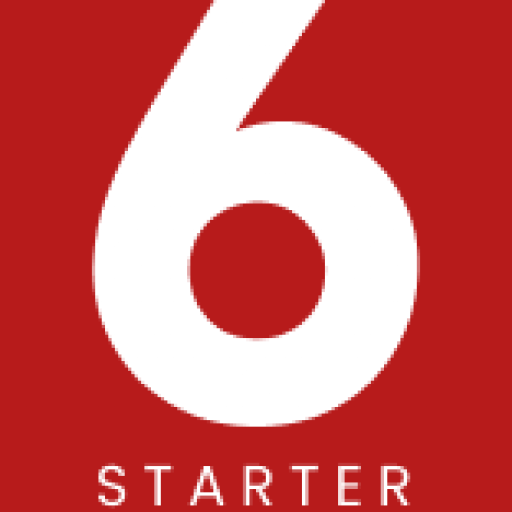

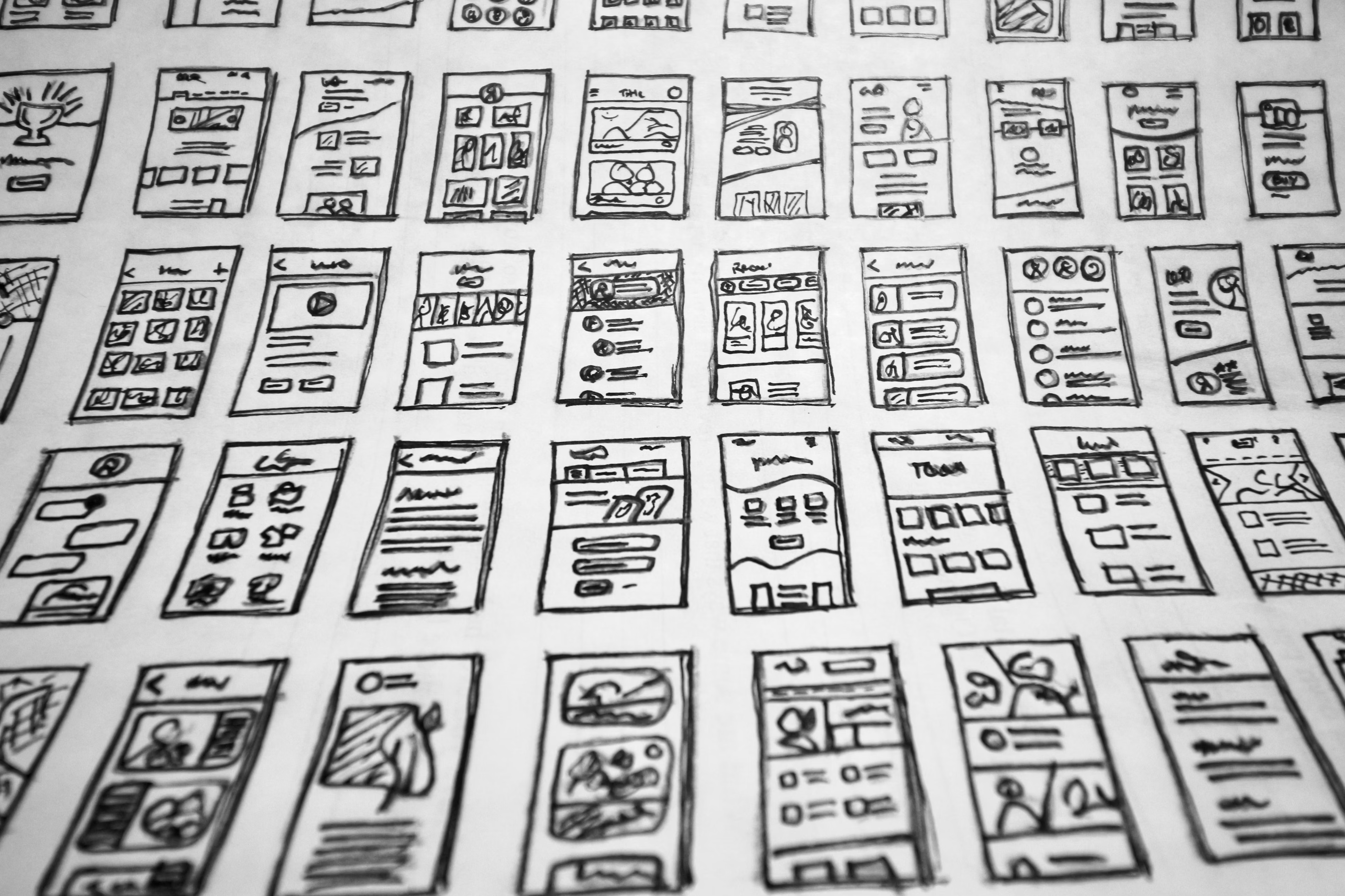
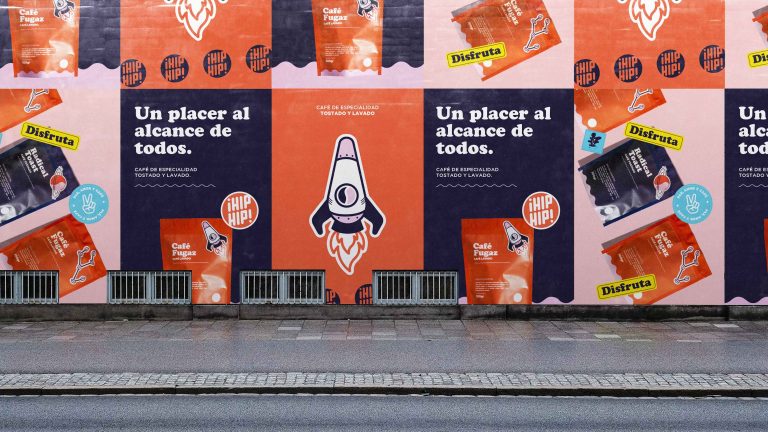
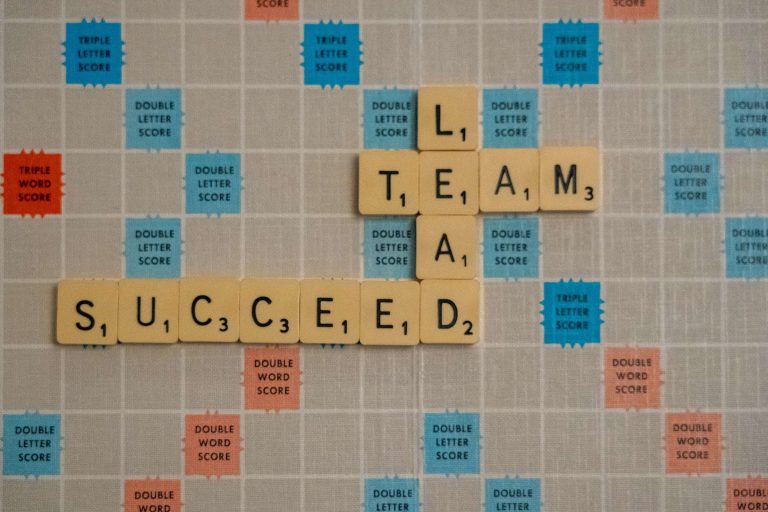
Leave a Comment